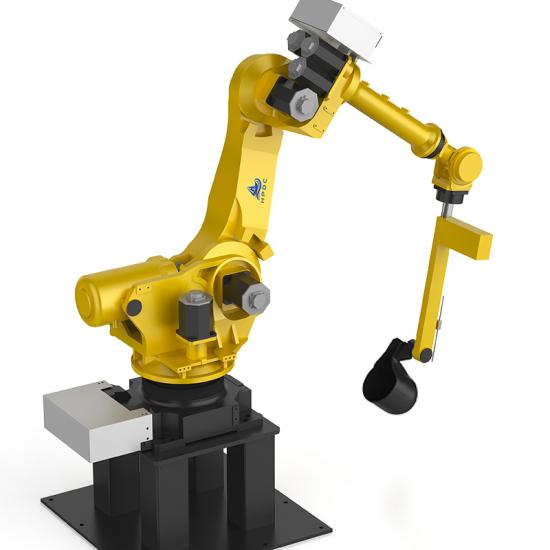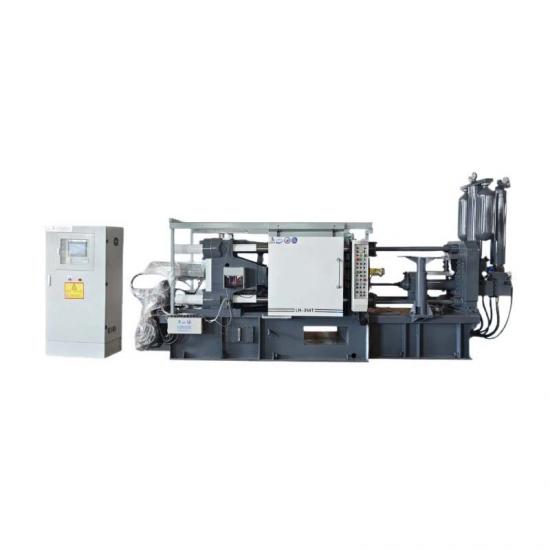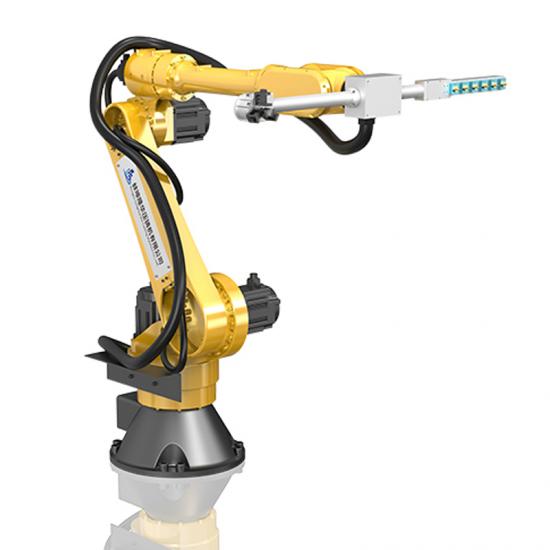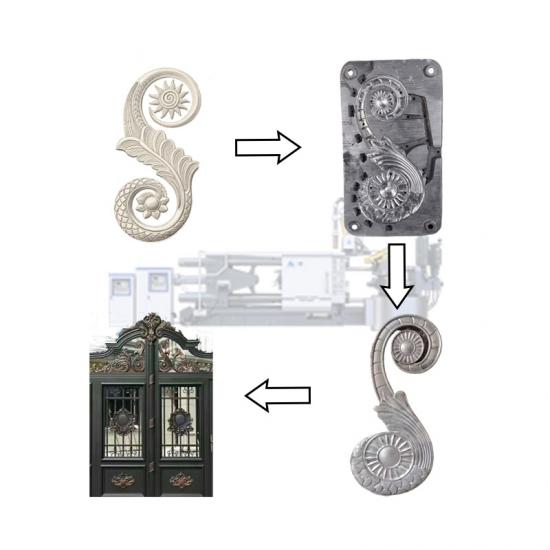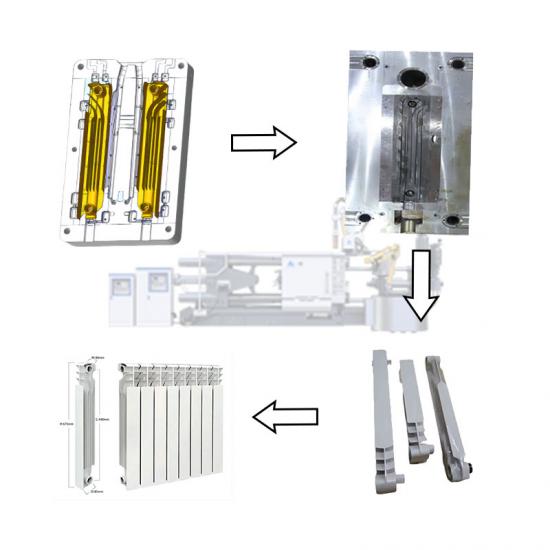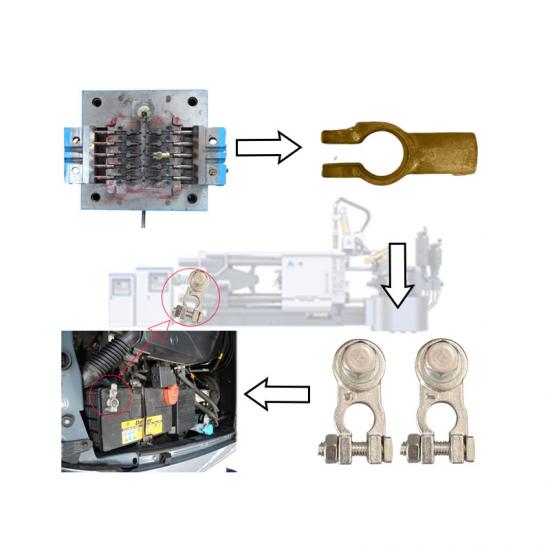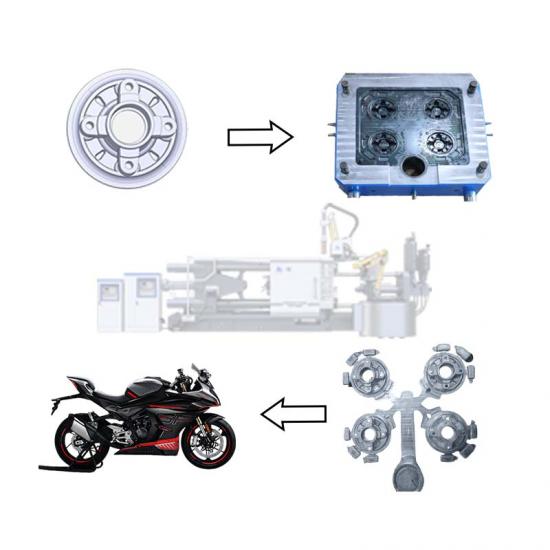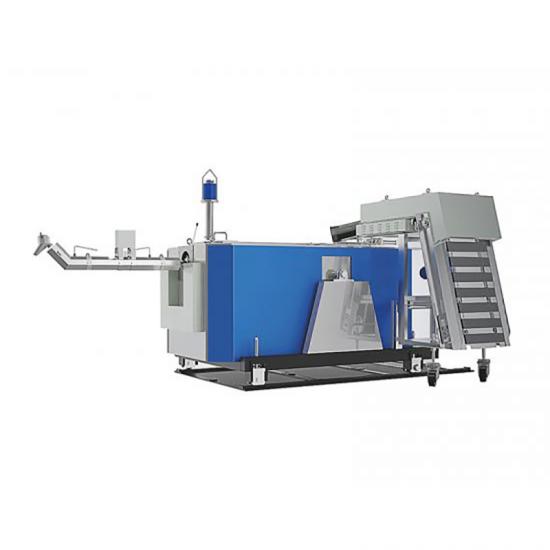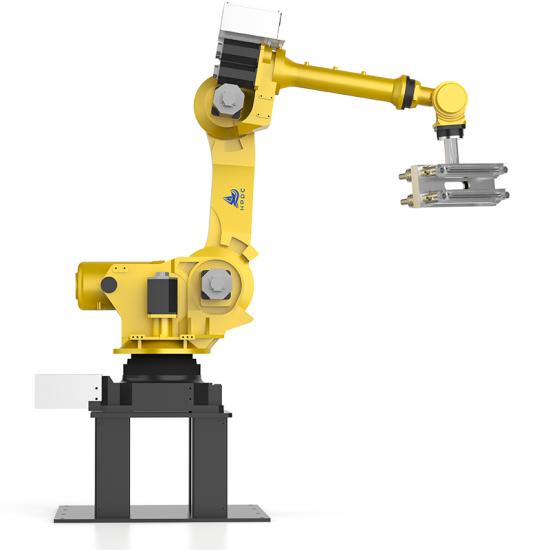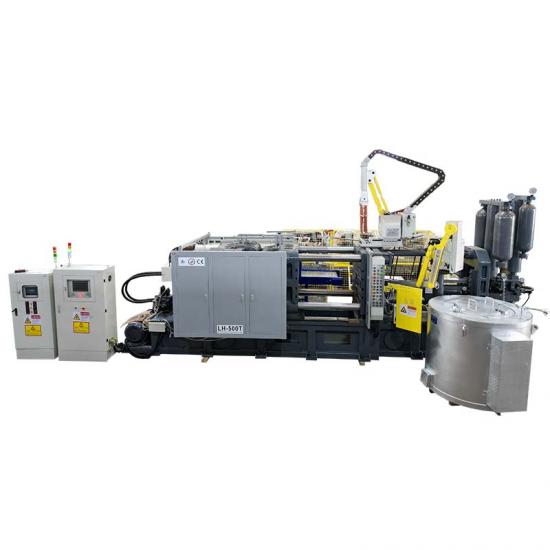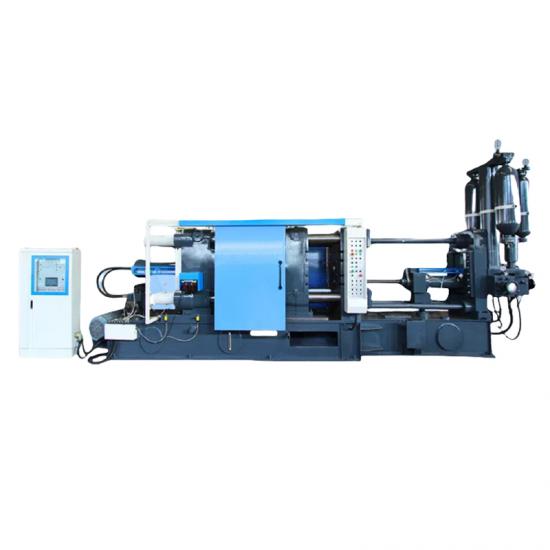Robots play a crucial role in the die casting process, which is a metal casting process that involves the use of molds (dies) to produce complex metal parts with high precision and dimensional accuracy. The integration of robots in die casting offers several advantages, including increased efficiency, improved quality, reduced labor costs, and enhanced safety. Here's an overview of the role and selection of robots in the die casting process:
Role of Robots in Die Casting:
1.Mold Handling: Robots can be used to handle and transport molds to and from the die casting machine. This reduces the manual labor required and ensures consistent and precise mold positioning.
2.Metal Pouring: Robots can automate the process of pouring molten metal into the die cavity. This helps control the pouring speed and volume, leading to better part quality and reduced metal wastage.
3.Part Removal: Once the casting is complete, robots can extract the finished parts from the die and place them on a conveyor or in a designated area. This eliminates the need for manual extraction and reduces the risk of injury to workers.
4.Trimming and Finishing: Robots can perform tasks such as trimming excess material, deburring, and finishing the cast parts. This ensures consistent part quality and reduces the need for post-processing.
5.Quality Inspection: Robots equipped with sensors and cameras can perform visual inspections of the cast parts, identifying defects or inconsistencies. This helps maintain high product quality and reduces the likelihood of defective parts reaching customers.
6.Material Handling: Robots can handle and transport raw materials, such as ingots or scrap metal, to the melting furnace. This enhances efficiency and minimizes the risk of material contamination.
7.Data Collection: Robots can gather data during the die casting process, such as temperature, pressure, and cycle time. This data can be used for process optimization and quality control.
Selection of Robots for Die Casting:
When selecting robots for the die casting process, several factors should be considered:
1.Payload and Reach: Choose a robot with the appropriate payload capacity and reach to handle the size and weight of the molds and cast parts.
2.Accuracy and Precision: High precision is crucial in die casting to ensure proper mold alignment and consistent part quality. Select a robot with the required level of accuracy.
3.End-of-Arm Tooling (EOAT): The EOAT should be designed to securely grip and manipulate molds and cast parts. It should be adaptable to different part geometries.
4.Speed and Cycle Time: The robot's speed should match the cycle time of the die casting process to avoid bottlenecks.
5.Flexibility: Consider a robot with a flexible programming interface that allows easy reprogramming for different part designs or process changes.
6.Safety Features: Ensure that the robot is equipped with safety features, such as sensors and barriers, to prevent accidents and ensure the well-being of workers.
7.Integration with Control Systems: The robot should seamlessly integrate with the overall control system of the die casting process, allowing for coordinated and synchronized operation.
8.Maintenance and Support: Choose a robot from a reputable manufacturer with a strong support network to ensure reliable operation and timely maintenance.
By carefully selecting and integrating robots into the die casting process, manufacturers can achieve higher efficiency, improved product quality, and a safer working environment.












